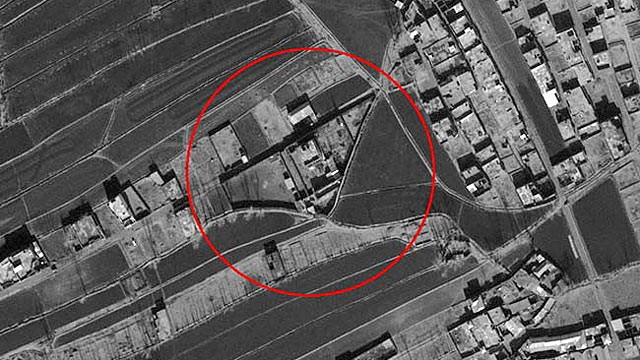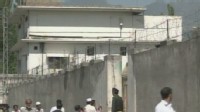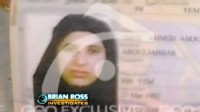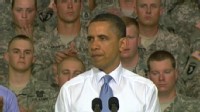“We do not expect a reward to be paid,” said a senior U.S. official familiar with the bin Laden hunt, meaning that the $25 million bounty offered by the U.S. under the Rewards for Justice program after the 9/11 terror attacks will probably remain uncollected.
The reason is simple, say officials involved in or knowledgeable about the hunt for the world’s most wanted man: the CIA and the military never had an al Qaeda operative as an informer willing to give him up. Instead, what killed bin Laden was electronic surveillance, and an operational mistake by one of his closest associates. After a slow drip of intelligence year after year, and then a final flurry of data collection and analysis brought a team of SEALs to bin Laden’s Abbottabad compound on a moonless night.
In previous manhunts, such as the capture of 9/11 mastermind Khalid Sheikh Mohammed and former Iraqi dictator Saddam Hussein or the killing of his two sons, U.S. intelligence and military commandos had the help of insiders and human sources. In each case, someone received millions of dollars in reward money for their efforts.
The long and sometimes circular path that led to bin Laden was paved by satellites, drones, phone surveillance and luck. The CIA declined to comment on specific intelligence methods, but U.S. officials have said the intelligence was a “mosaic” and “multi-streamed,” meaning from every avenue in the government’s arsenal, the strongest of which is still the technological wizardry of the CIA, the National Security Agency, the National Geospatial-Intelligence Agency and the Department of Defense.




Bin Laden’s survival for nearly ten years was the result of the limits of American power and intelligence–the ability to recruit sources inside al Qaeda or support networks in Pakistan, and his death was the result in the overwhelming superiority of American electronic, signals, and technological capabilities.
By the summer of 2009, the trail for bin Laden had gone cold. The CIA simply had no tangible evidence of any place he’d been since he’d slipped away from U.S. air attacks in his redoubt in Afghanistan’s Tora Bora mountains. Marty Martin, a former top CIA official who led the hunt for bin Laden from 2002 to 2004, said that for years his colleagues were baffled as to where the fugitive had hidden.
“We could see from his videos what his circumstances were,” Martin said of bin Laden’s video messages that were released in the years after his Tora Bora escape. “In the immediate years afterward he looked battle fatigued and on the run. He didn’t look healthy. We knew he was moving. But where? We simply didn’t know. Then, he gained weight and looked healthy. I told my analysts, ‘He’s gone urban, moved somewhere stable and safe.’ ”
















